10 Rare American Currency Notes That Are Worth a Small Fortune
Paper money in the United States has evolved significantly since its inception. Some of the rarest notes in history are not only valuable but also carry unique stories from the past. The scarcity of certain bills, along with their exceptional condition, makes them highly coveted by collectors. Let us explore the fascinating world of rare and valuable American paper money.
This post may contain affiliate links, which helps keep this content free. Please read our disclosure for more info.
1929 Brown Seal $50 Bill
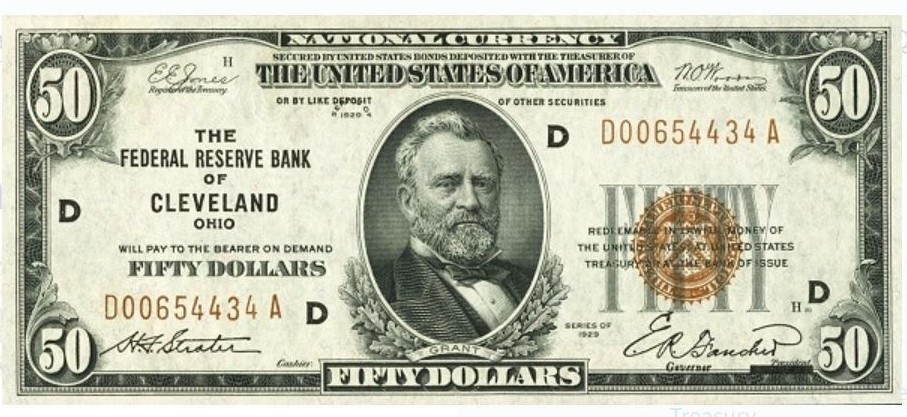
The 1929 Brown Seal $50 Bill is part of a series issued during the Great Depression. It features a brown seal and a portrait of Ulysses S. Grant. This bill is considered rare because of its limited circulation and historical significance. In good condition, it can be valued between $200 and $500, with higher-grade specimens fetching up to $1,000.
The unique design and its place in history as part of the U.S. currency during tough times make it highly collectible. These notes are especially sought after by collectors who specialize in Federal Reserve notes. The rarity of this bill, combined with the distinctive brown seal, increases its desirability. If well-preserved, this bill can command a high price at auction.
1862 $2 Bill

The 1862 $2 Bill is a part of the Legal Tender series, featuring a portrait of Alexander Hamilton. It is one of the earliest forms of U.S. paper currency and is rare due to the limited number printed during the Civil War. The value of this bill can range from $500 to $2,500, depending on its condition and rarity. Well-maintained examples can fetch higher prices, especially those with sharp details.
These notes are valuable for their historical importance and scarcity. Many collectors seek out the 1862 $2 Bill for its role in early U.S. currency. The note’s age and design make it a significant addition to any collection. Its rarity, combined with its historical context, drives up its demand in the numismatic market.
1985 $50 Star Note

The 1985 $50 Star Note is a replacement bill, indicated by the asterisk next to the serial number. Star notes are issued when a printing error occurs, making them rarer than standard bills. Depending on the condition, this note is valued between $100 and $200, with higher-grade examples fetching more. The rarity of the star symbol adds to its appeal among collectors.
These notes are especially desirable due to their limited availability and printing error history. Star notes are sought after by collectors who specialize in error coins and notes. This $50 Star Note holds its value because of its rarity and the historical context of the printing error. A well-preserved version can be a valuable asset in a paper currency collection.
1928 Series $2 Bill
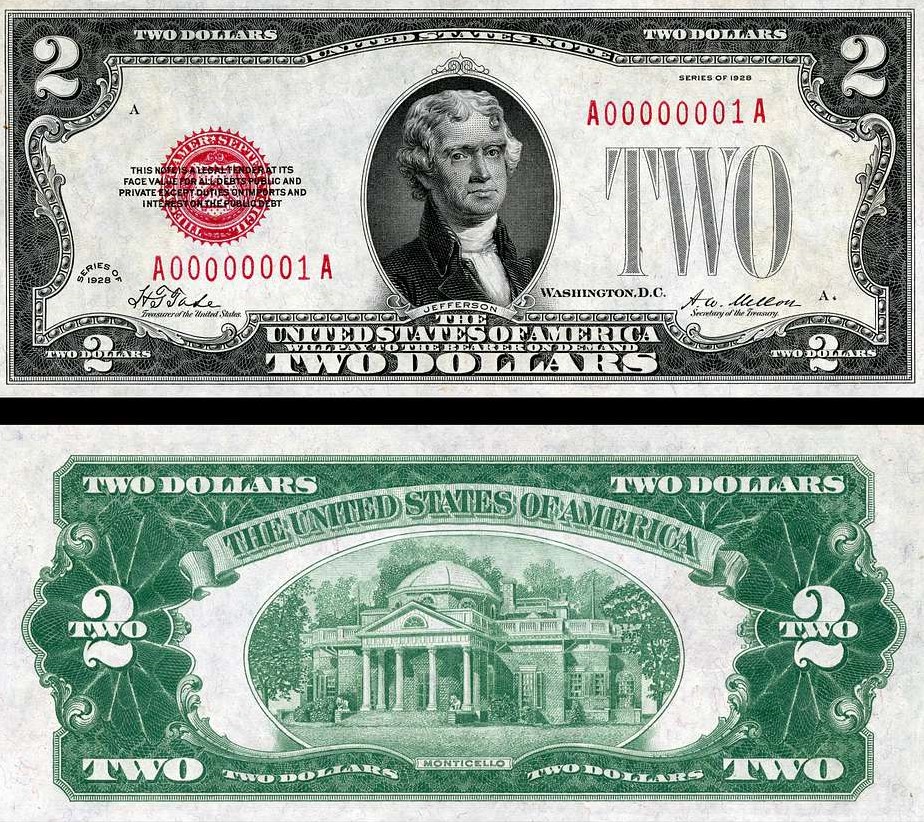
The 1928 Series $2 Bill is a part of the U.S. currency that features a red seal and a portrait of Thomas Jefferson. This bill is valuable due to its limited circulation and its unique design. In good condition, it can be valued between $50 and $200, with better-preserved examples commanding higher prices. The 1928 $2 Bill is highly collectible due to its rarity and historical context.
Collectors find this note particularly appealing for its historical significance and the distinct red seal. The 1928 $2 Bill is no longer in circulation, which increases its demand among collectors. It remains a favorite piece for those interested in U.S. currency, especially with its vibrant color and unique features. The note’s rarity and appeal make it a valuable addition to any collection.
2009A Series $100 Bill

The 2009A Series $100 Bill is part of the redesigned U.S. currency series featuring advanced security features. While not particularly rare, certain misprints or errors can increase their value among collectors. In general, this bill is valued at face value unless it has a printing error or unique serial numbers. Star notes or other error varieties can fetch a premium in the market.
These bills are modern but are gaining traction due to their design and security features. As new series bills are released, older versions, especially with errors, become more valuable. Collectors seek these bills for their unique features and potential misprints, which make them more collectible. The rarity of these errors is what drives the value beyond face value.
1890 $100 Treasury Note
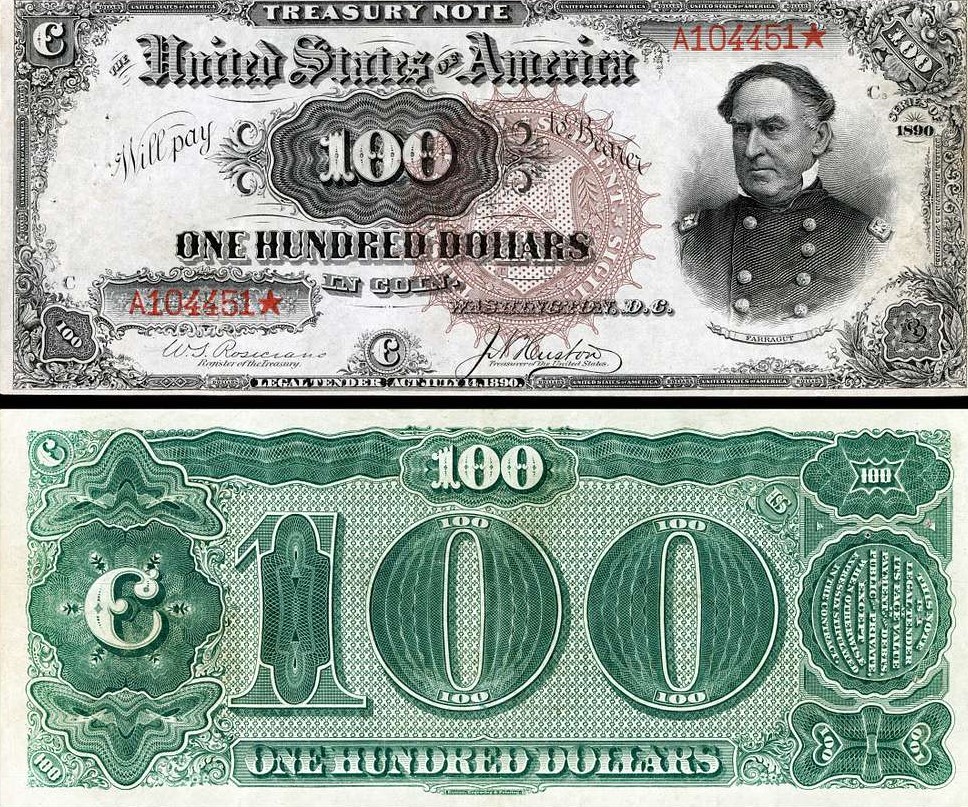
The 1890 $100 Treasury Note, also known as the Watermelon Note, is notable for its distinctive green back. It is highly sought after by collectors due to its rarity and the unique design elements. Depending on its condition, it can be valued between $2,000 and $10,000. Well-maintained notes are especially valuable, with premium prices for those in excellent condition.
This note features intricate designs and a portrait of Robert Morris, the first U.S. Secretary of the Treasury. The 1890 $100 Treasury Note was issued during a critical time in U.S. history, adding to its historical significance. Its rarity and design make it one of the most valuable pieces of U.S. currency. The demand for these notes continues to rise as they are highly prized in numismatic circles.
1862 $1 Legal Tender
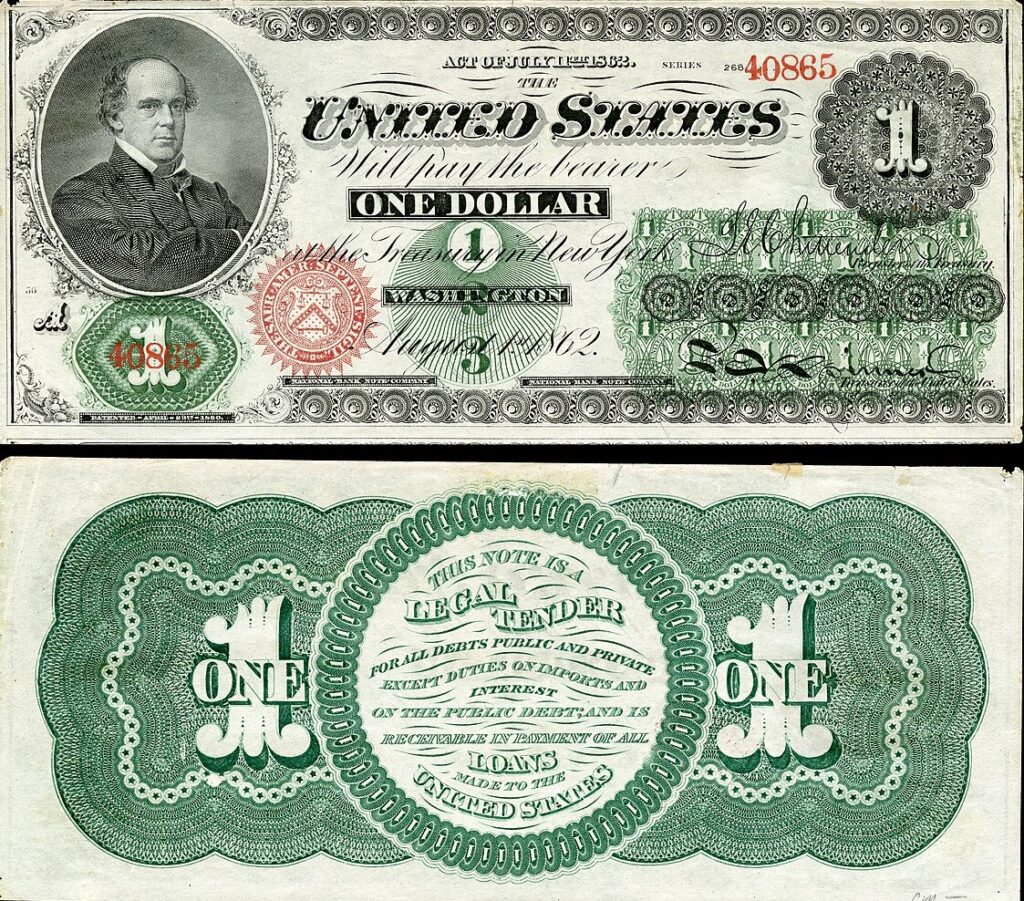
The 1862 $1 Legal Tender Bill features a portrait of Salmon P. Chase and was issued as part of the first series of U.S. paper currency. It is rare due to the limited number printed during this period, making it highly sought after by collectors. These bills are typically valued between $500 and $2,000, with better-preserved specimens fetching higher prices. The 1862 $1 Legal Tender is a prized item for collectors of Civil War-era currency.
The bill’s design reflects the art and themes of the time, with intricate details and symbols representing the early days of U.S. paper currency. Collectors find the 1862 $1 Bill valuable for its historical significance and its role in the U.S. monetary system. Well-preserved examples are particularly valuable, as they have survived through more than 150 years of history. This bill continues to be an important piece in U.S. currency collections.
1928 $50 Gold Certificate

The 1928 $50 Gold Certificate features a portrait of Ulysses S. Grant and was issued during the Great Depression. It is rare due to the limited number printed and its discontinued status, which makes it highly collectible. In general, these notes can be valued between $200 and $500, with better-preserved notes fetching higher prices. The 1928 $50 Gold Certificate is considered an important part of U.S. currency history.
The note’s design, which includes a gold seal and intricate details, adds to its appeal. The 1928 $50 Gold Certificate was issued during a time of financial instability, which increases its historical significance. Collectors seek this note for both its rarity and its role in U.S. monetary history. Its collectible value continues to rise as fewer well-preserved examples remain.
1934 Series $50 Bill
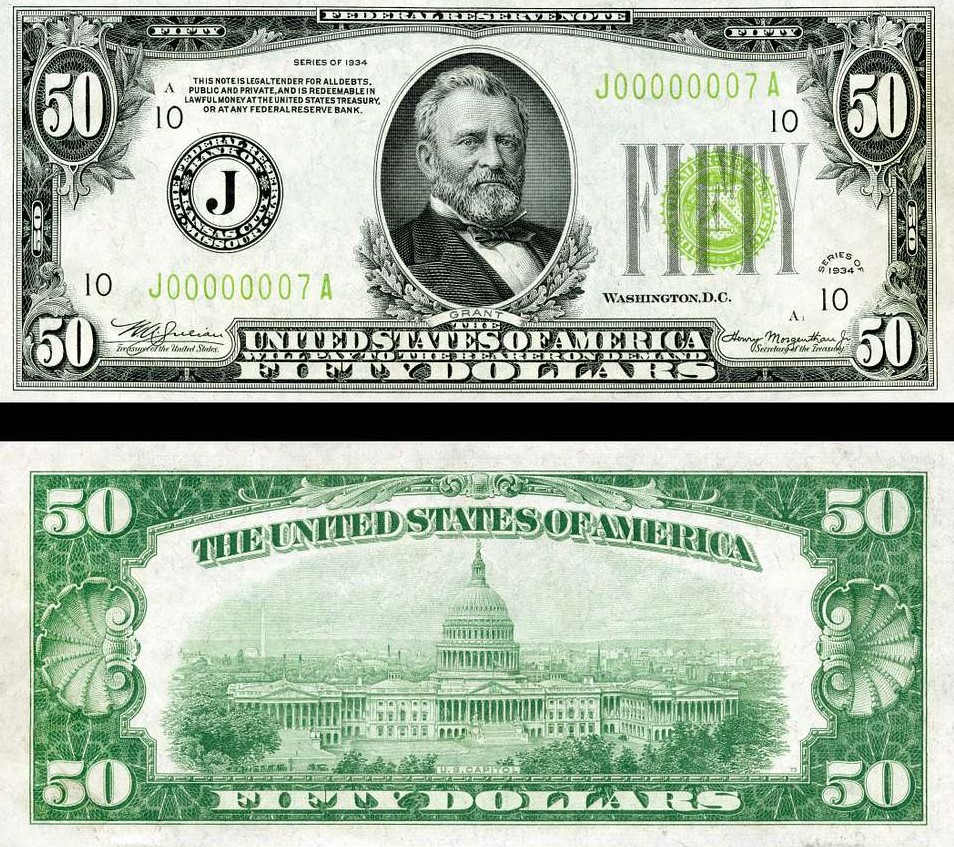
The 1934 Series $50 Bill features a portrait of Ulysses S. Grant and was issued during the Great Depression. While not extremely rare, it is valued for its historical context and the limited number printed. These notes can be valued between $100 and $300, with higher-grade examples fetching more. The 1934 Series $50 Bill is especially desirable due to its connection to a significant period in U.S. history.
Collectors seek these notes for their historical value, especially as part of the U.S. currency issued during the Great Depression. The 1934 $50 Bill remains a popular piece for those interested in U.S. paper currency from the 1930s. Well-preserved examples of these bills can bring in a premium, as they are becoming harder to find in excellent condition. This note holds both financial and historical value.
1966 Red Seal $100 Bill
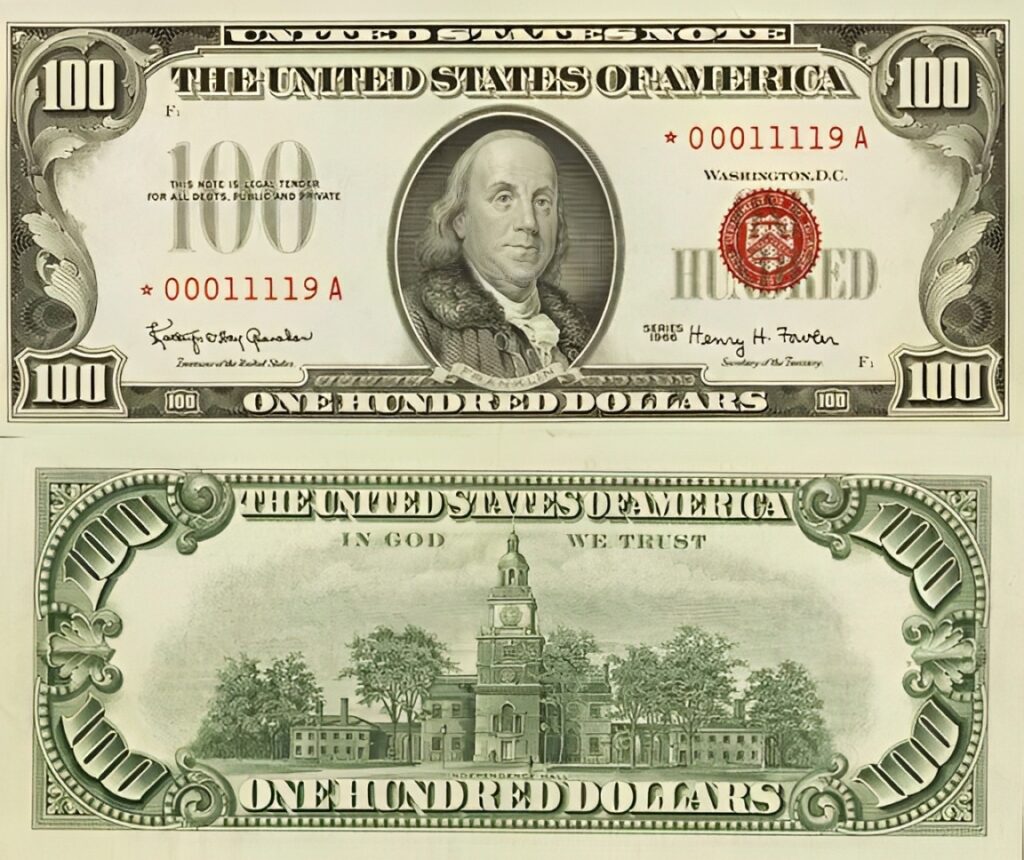
The 1966 Red Seal $100 Bill features a portrait of Benjamin Franklin and is part of the series issued after the introduction of the 1963 series. Its rarity comes from the unique red seal and the limited number of these notes in circulation. In circulated condition, these bills are valued between $150 and $400, with well-preserved specimens fetching higher prices. The 1966 Red Seal $100 Bill is highly sought after by collectors for its distinct appearance and historical significance.
The note represents a transitional period in U.S. currency design, making it a valuable piece for collectors. The red seal gives this bill a distinct look compared to other U.S. currency, which makes it stand out in any collection. Collectors especially value high-grade examples, as they tend to remain in better condition. This note’s scarcity and design make it an attractive addition to any collection of U.S. paper money.
The world of rare American paper money offers both historical insight and financial value. These pieces of currency are treasured for their unique designs, scarcity, and connection to significant moments in U.S. history.
This article originally appeared on Avocadu.
